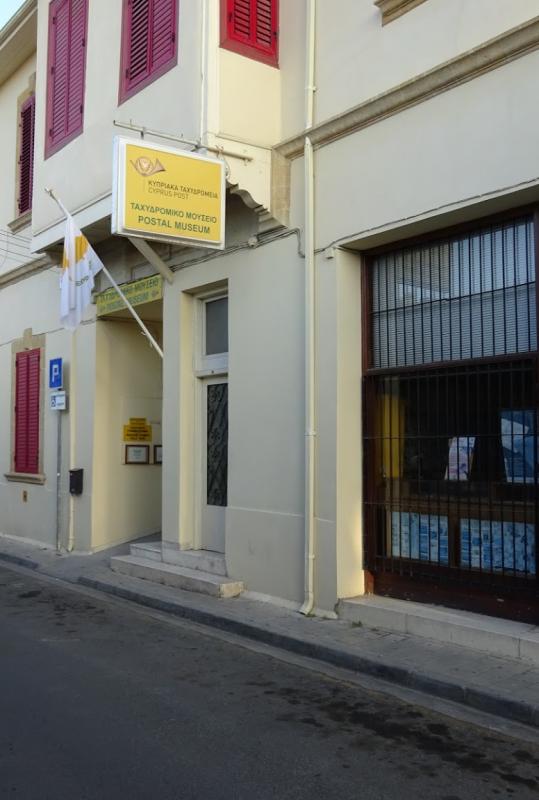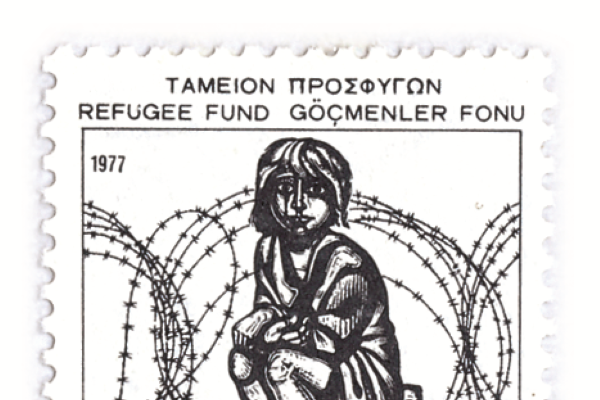Turn left from Plateia Tillirias street, walk down Trikoupi street until the road splits into two directions. Walk down Thrakis street and then turn right to Agiou Savva street. In the middle of the road on your left, you can see the entrance of the Postal Museum.

5. Postal Museum
Stories
Directions
The Museum
Founded in 1981, the mission of the Postal Museum is to preserve and present the rich postal history of Cyprus that began in the 15th century during the island’s occupation by the Venetians who organized the postal communication. Inside the Museum rooms, among the exhibits, there are stamps dated to 1928 depicting personalities and historic sites of the island, the oldest series with the portrait of Queen Victoria of England and stamps related to the proclamation of the independence of Cyprus in 1960 as well as philatelic material. Its collection is considered one of the best and richest in the world.
Refugee fund

One of the most famous exhibits of the Museum is a stamp depicting a child in despair sitting in front of a buffer zone, issued in 1977 and designed by the well known Greek engraver Tassos. After the Turkish invasion of 1974, both populations were forced to abandon their homes and be displaced. Temporary refugee camps were immediately established to relieve almost 30.000 Greek Cypriots who lost their properties in the north side of the island. The government of the Republic of Cyprus founded a Special Refugee Fund. A small contribution from the taxpayers deposited in this fund. In its turn, the Cyprus Post issued a special refugee stamp that had to be on every posted item, in an attempt not only to support the Refugee Fund but also to decrease the financial crisis This stamp was available in three versions, valued at 10 mils, 1 cent and at 2 cents. The most iconic refugee stamp is that of 1977: since 2009, it is issued with a different colour font and is still a required part of every letter and parcel mailed from Cyprus
Leaving your home
A Greek Cypriot woman recalls “There were 200 000 displaced people, who could not move freely in their own country. They lost their houses, they lost their people and they lost their properties. The greatest pain was felt by those (people) who lost their families. If it were only properties that were lost, then it would have been alright. But you cannot buy a soul with money… Wherever you went, you saw women dressed in black, you saw women crying, who were refugees or who lost their husbands, brothers or children. Wherever you went you were reminded of the invasion”. On the other side, a Turkish Cypriot remembers “I was born in Limassol in the late 50s, went to school in Limassol and lived there for 15 years until the mid-70s. After the war, adults, men, women, and children felt (as if they were) in prison, (while) at home... And we found a way to sort of and get to Nicosia and cross the border at great risk. We had to go where Turkish people were living and we have been here ever since.”
Answer this!
Who issued the refugee stamp?
Powered by Clio Muse Tours